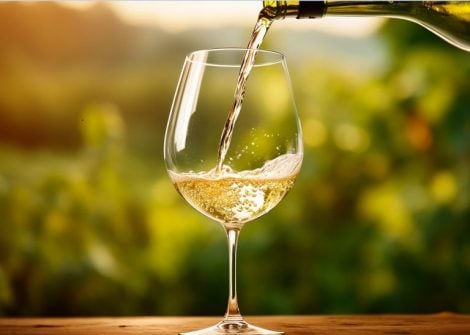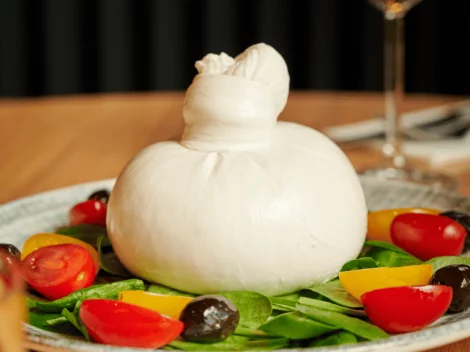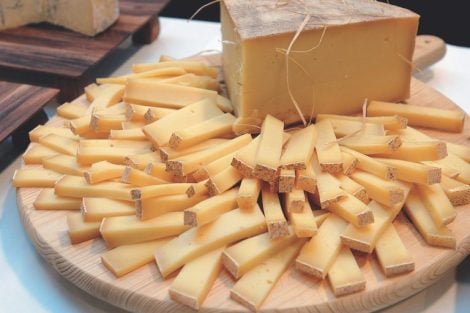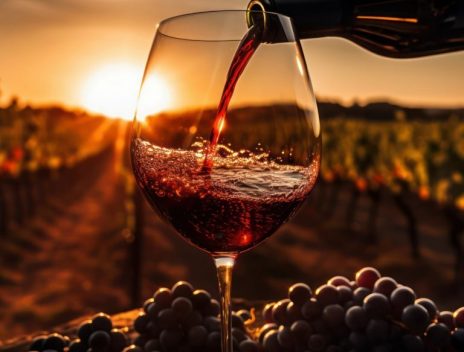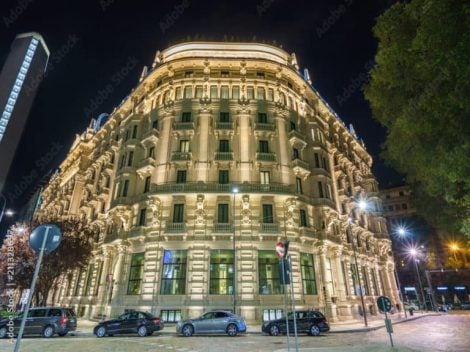The Ciociaria area revolves around the province of Frosinone, a territory that acts as custodian of enchanting villages and ancient traditions, so called because of the "ciocie," dialectal name used to indicate the footwear of the local shepherds in the past. From Alatri to Anagni, from Isola di Liri, to the thermal baths of Fiuggi, it's worth taking a trip to Ciociaria just to relax among its pristine landscapes and rediscover genuine products and flavours of the past.
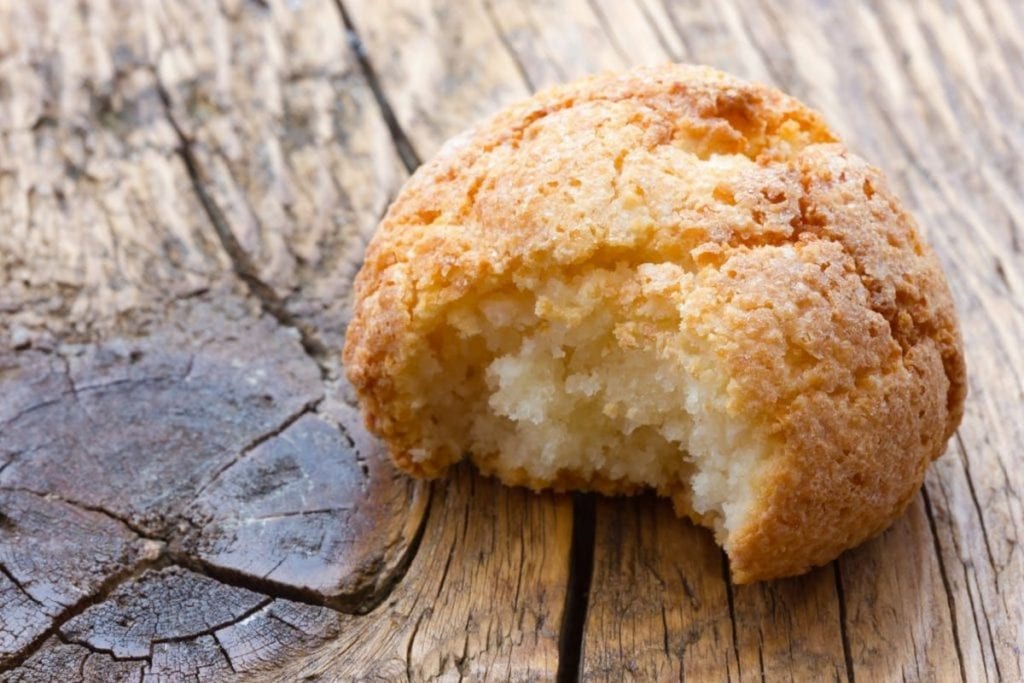
Typical products of Ciociaria
Amaretti
Sweets made with almonds, sugar, egg white and placed on a host wafer, elliptical in shape and possessing a delicate flavour. They are also present in other regions, in different forms and variants: in Lazio, they are mainly produced in Guarcino, in the province of Frosinone, where legend has it that the original recipe was donated by a friar as a sign of gratitude to the inhabitants of the country who had offered him hospitality.
Ciambella sorana
It is called ciambella sorana but in Sora, in the province of Frosinone, right in the heart of Ciociaria, it's known as ciammèlla. It's a recipe that conceals all the taste of the Lazio countryside. In fact, the ingredients of this specialty include the typical soft wheat of the area, combined with yeast, salt, water and eggs. Flavouring the bread - with a rather neutral taste - are anise seeds, which lend aroma and scents to the product, which is usually enjoyed with local cured meats and cheese, but also salted anchovies or vegetables. The dough is first poached and then baked in the oven until it crisp and golden.
Fini fini
Si chiamano così per via della sottigliezza della sfoglia all’uovo, tirata a lungo fino a ottenere un disco fino e trasparente. Una volta steso, l’impasto viene avvolto su stesso e tagliato a striscioline sottili di circa 2 millimetri, che vengono condite tradizionalmente con un semplice sugo di pomodoro e basilico.
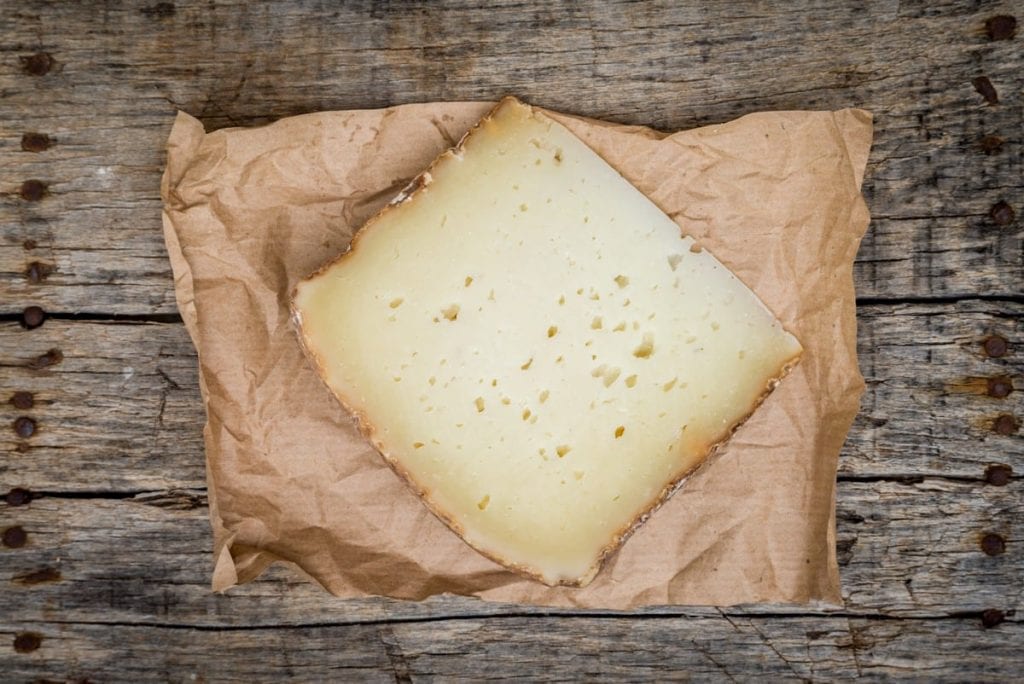
Pecorino di Picinisco
Sheep's milk cheese obtained from animals that graze free in nature on the border with the Abruzzo National Park and which feed exclusively on grass. The wheels are aged 30 to 90 days and can also be produced with a percentage of goat's milk.
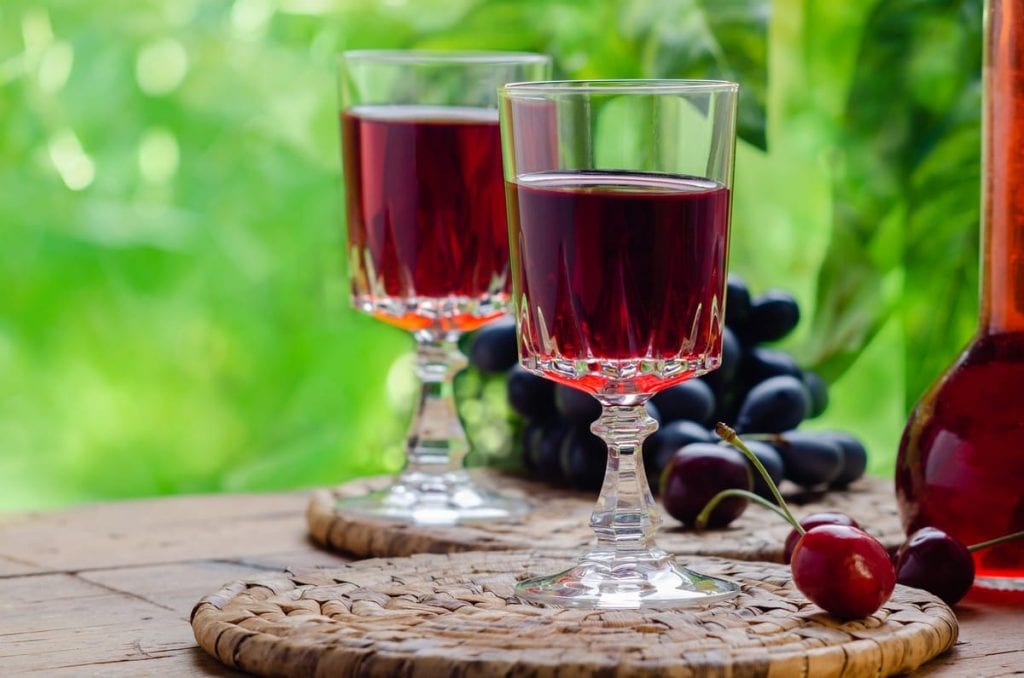
Polenta
Ancient product of the Italian tradition, linked to Northern Italy, but also widespread in Ciociaria, polenta is made with corn flour. In the past it was one of the main staples among the poorest farming families, who enjoyed it with vegetables from the garden. Today it is served with robust meat sauces.
Prosciutto di Guarcino
In the municipality of Guarcino, the breeding of pigs and the processing of their meats is an ancient practice that has its roots in ancient times: the microclimate of the territory, in fact, makes the area particularly suitable for the maturation of cured meats. The protagonist is the ham, obtained from the meat of pigs raised in the wild. Distinguished by the type of "stucco" used, i.e. the mixture of fat and spices that performs the function of protecting the ham. In this case it is flavored with chilli and juniper berries, which give the meat an intense and enveloping aroma. The ham is aged for approximately 13 months.
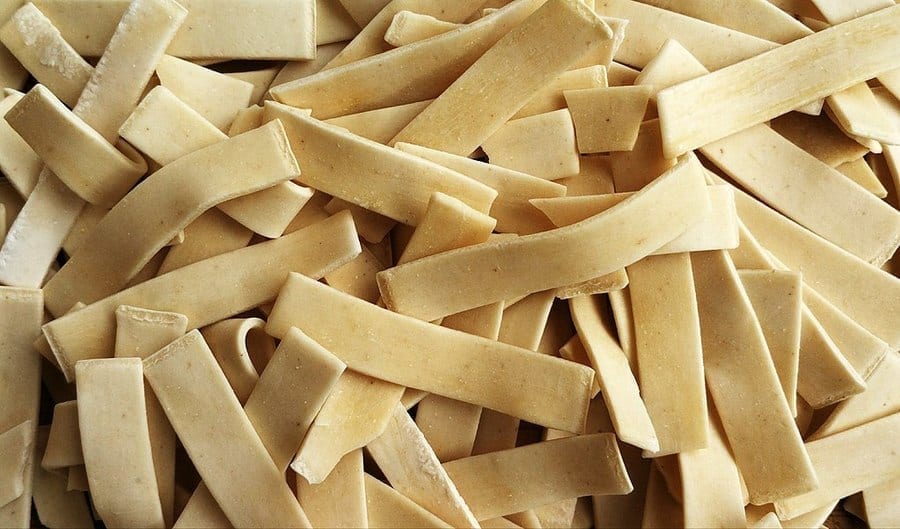
Ratafia
Typical liqueur made from sour cherries, according to many born in the early 20th century, when it was used as an antiseptic and digestive. However, there is a previous testimony, a late 19th-century recipe by signora Maria Coletti Sipari, preserved in the Buriani private archive in San Donato di Val di Comino, demonstrating the ancient link between the Ciociaria territory and the liqueur. In addition to sour cherries, ratafia also includes cinnamon, vanilla, cloves and bitter almonds.
Sagne
Pasta shape that's original of Abruzzo and also shared with Umbria, Lazio and Marche, with due local variations. Sagne are strips of pasta made of flour, water and eggs (sometimes spelt flour), that are rolled out thick and of varying sizes, in the past it considered a sort of medicine, as told by Antonio de Magistris from Introdacqua in the "Biography of Blessed Bernardino da Fontavignone" dating back to 1794: "Lucantonio di Fonte Avignone, finding himself sick of many complicated infirmities... the doctors made a grave estimate of his recovery... eating the sagne made by his wife (medicine left to the whole country by the Servant of God) immediately began to improve and in a few days he was so perfectly recovered and healthy that everyone was amazed and thanked God and his servant Fra Bernardino". Among the more traditional ways to enjoy sagne is in combination with beans, in a sort of tasty and nutritious soup.
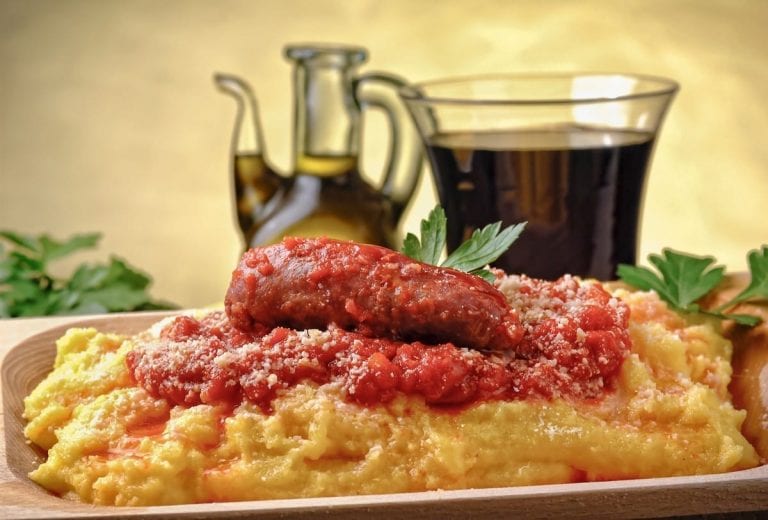
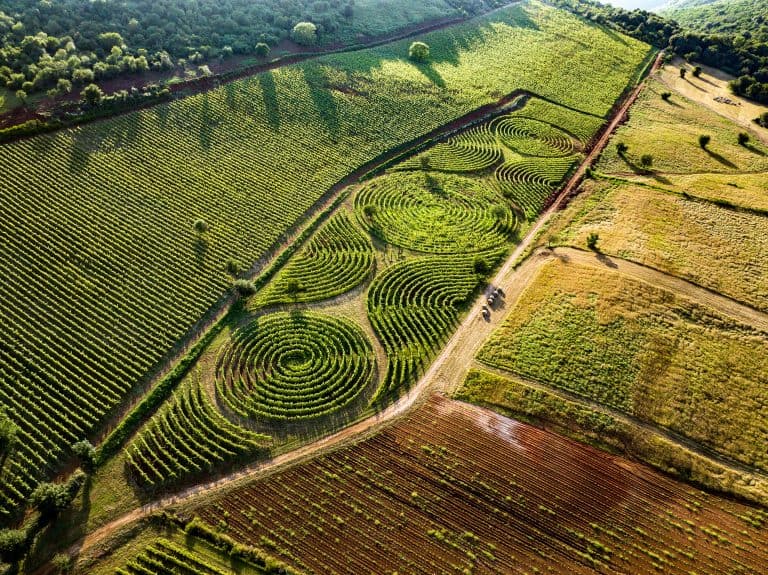 From the vineyard to the world's largest maze comes the wine of ancient Romans
From the vineyard to the world's largest maze comes the wine of ancient Romans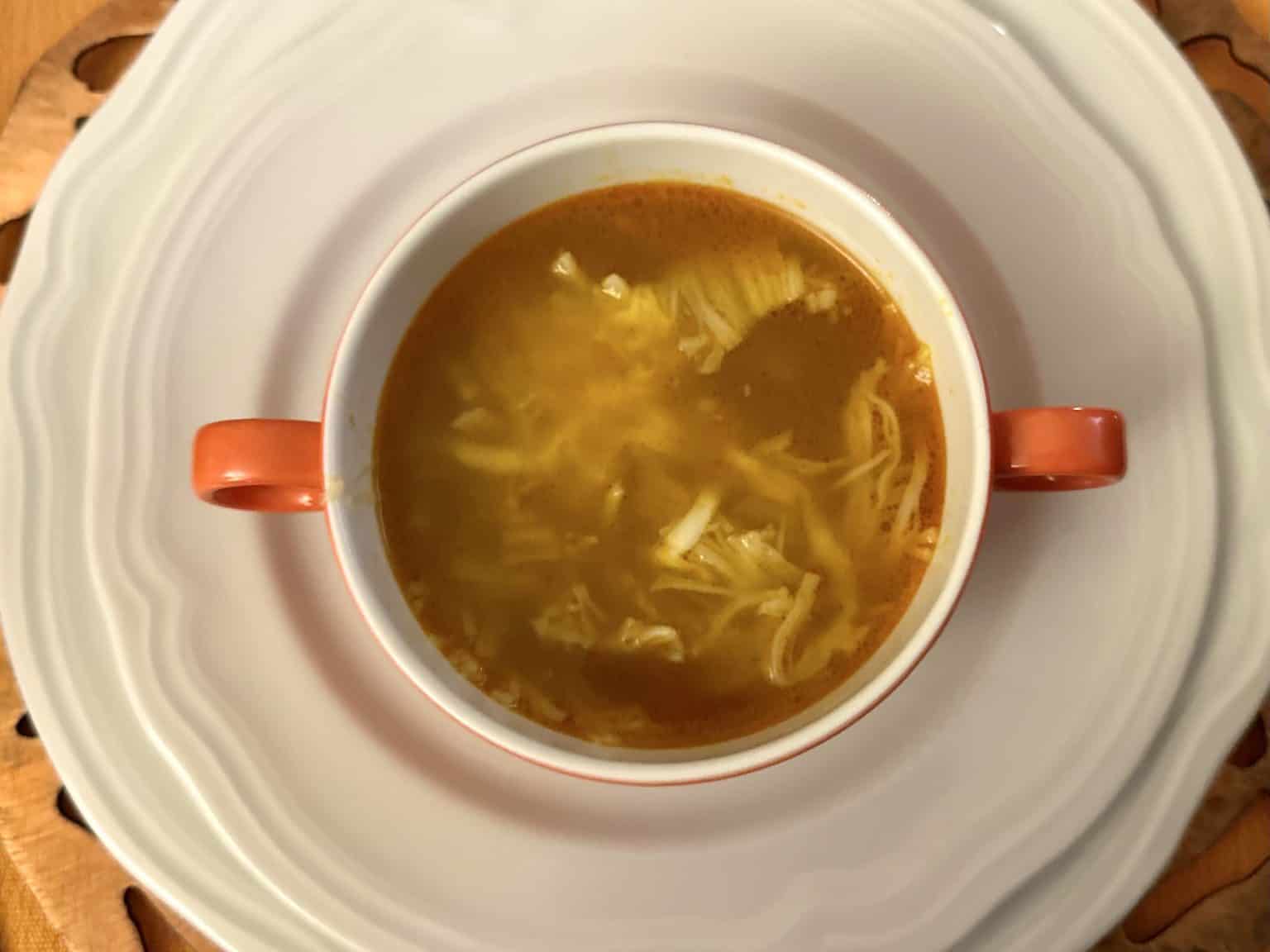 "This minestrone makes you live for 100 years": here are the secrets of the Sardinian centenarians
"This minestrone makes you live for 100 years": here are the secrets of the Sardinian centenarians The 10 best gelaterias in Genoa selected by Gambero Rosso
The 10 best gelaterias in Genoa selected by Gambero Rosso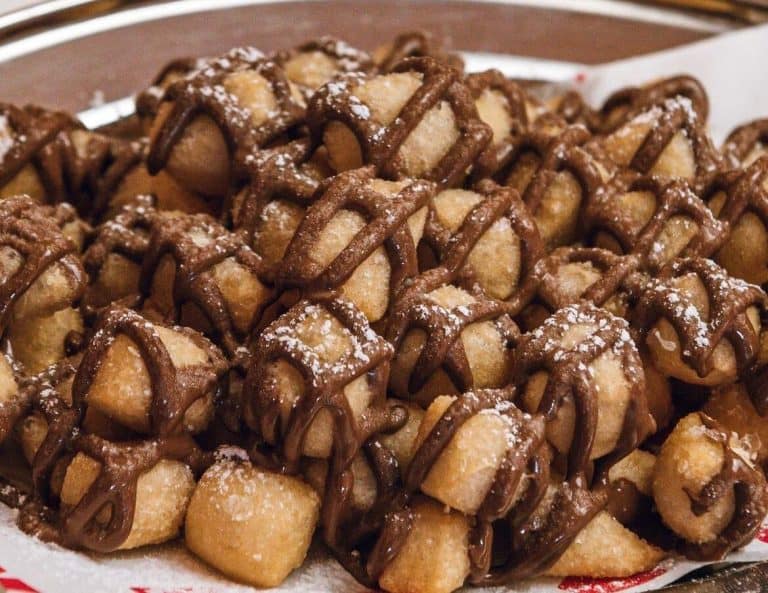 Nutella Zoccolette, the typical Roman "dessert" of pizzerias
Nutella Zoccolette, the typical Roman "dessert" of pizzerias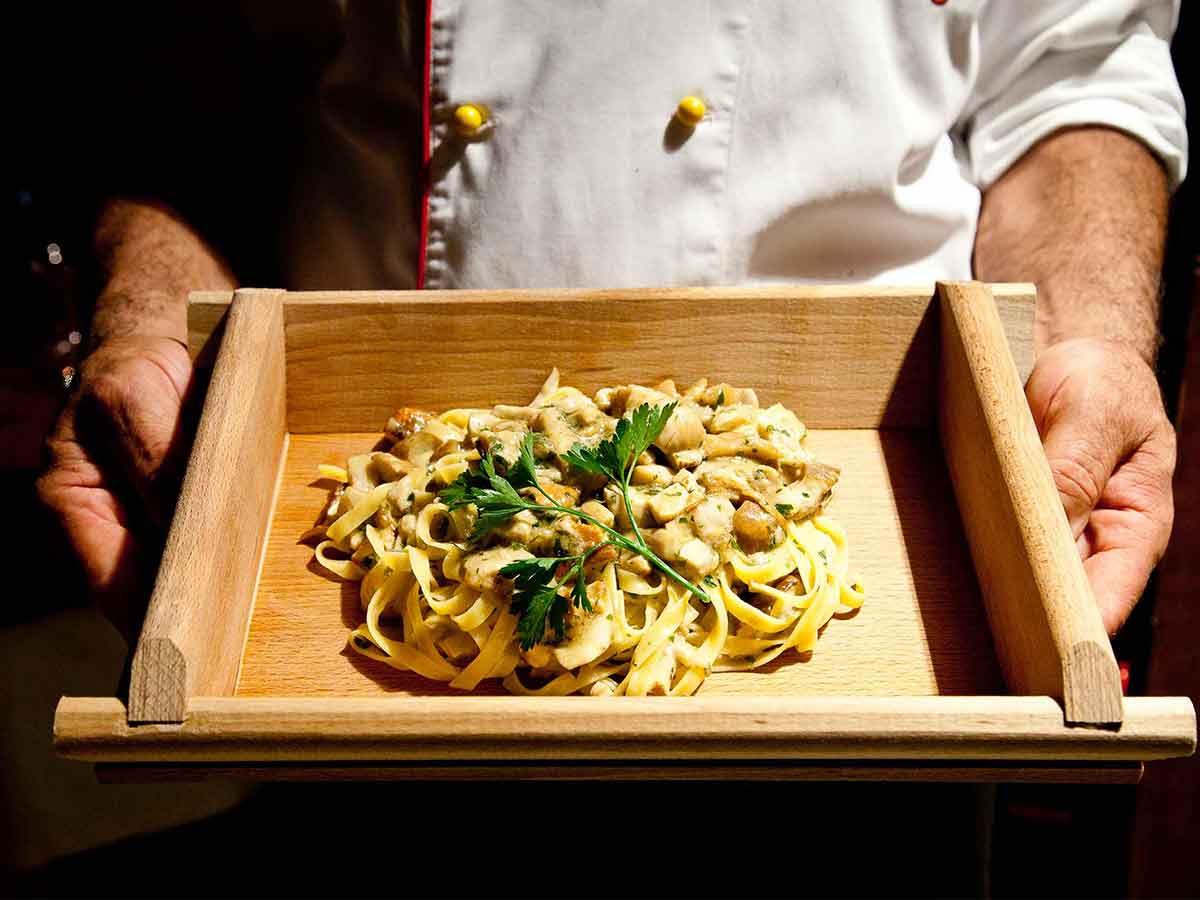 Where to eat in agriturismo in Palermo and surroundings. The 5 best addresses selected by Gambero Rosso
Where to eat in agriturismo in Palermo and surroundings. The 5 best addresses selected by Gambero Rosso